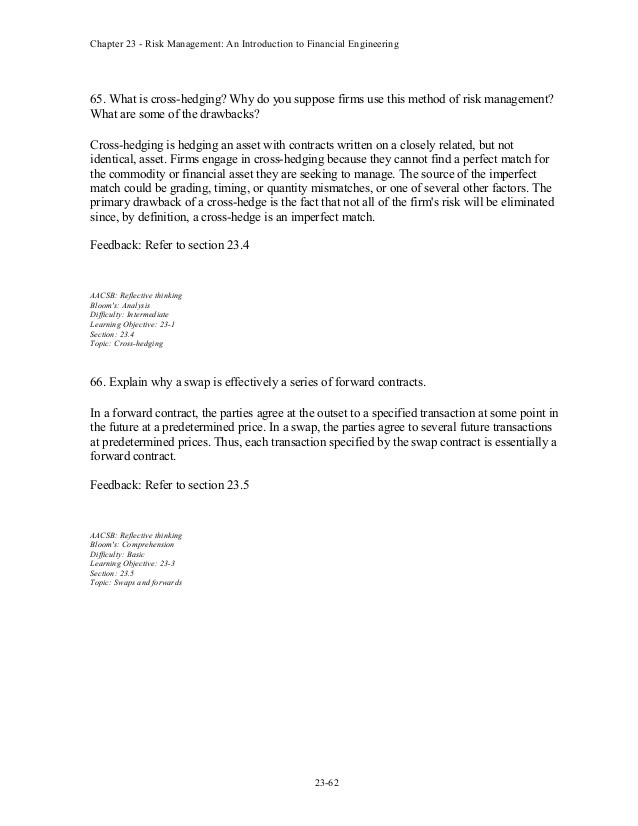What is Hedging_2
Post on: 16 Май, 2015 No Comment

Strategies to Protect Your Portfolio
You can opt-out at any time.
Please refer to our privacy policy for contact information.
Suppose that you have a portfolio that consists largely of European stocks, but you’re worried that the value of the euro may fall. Since you’re based in the U.S. selling a European stock for euros and converting those euros into U.S. dollars could therefore result in a loss.
This is an example of a hedging strategy that’s commonly used in international investing.
Hedging 101
Hedging is simply the process or removing future risk by giving up a little value now. In everyday life, insurance policies can be considered a hedge, as they remove the risk of incurring large future expenses in exchange for an affordable premium now.
Investors use a number of different hedges to achieve similar results.
For instance, a retired individual with a large holding in their former employer’s stock may be worried about a sudden future downturn in the stock. By purchasing a put option now, which appreciates in value if the stock goes down, he or she can hedge that risk.
Hedging Strategies
There are many different hedging strategies used to mitigate risk for a number of different parties, ranging from individual investors to hedge funds to commercial entities.
Here are some of the most common hedges for investors:
- Stock Options. Most equity investors utilize stock options to hedge their positions, since they can be purchased for a small premium. Investors looking for downside protection usually either write call options or purchase put options as a hedge.
- Shorting Indexes. Some equity investors short sell related indexes to hedge risk. For instance, someone with a tech-heavy portfolio may consider shorting the NASDAQ at times they perceive downside risk to be elevated.

There are also several hedging strategies employed commercially:
- Commodity Hedges. Many airlines and other industries that rely on commodities will hedge their exposure to commodity prices using futures contracts. which guarantee future delivery of a commodity at a certain price.
- Currency Hedges. Many international companies selling into multiple markets using currency hedges, which effectively guarantee a certain exchange rate at a set period of time, to reduce the effects of currency fluctuations on their profits.
Tips for Hedging
Hedging is a strategy that’s usually reserved for sophisticated investors and commercial entities, but there’s no reason that the average investor can’t hedge.
Here are some tips to keep in mind:
- Make sure you’re hedging the right thing. For instance, hedging a tech-heavy portfolio with the QQQ ETF may be risk if that portfolio consists primarily of defense technology stocks that may not be strongly represented in the QQQ index.
- Make sure you’re not overpaying. Some hedges can be very costly to setup, negating the benefit offered in terms of risk reduction. It’s therefore important to make sure the hedge’s price makes sense before placing the trade.
- Monitor hedges in order to ensure they’re still good. Sometimes, hedges can become obsolete when prices move. For instance, a put option with a strike price of $1.00 may be obsolete if the stock moves up to $10.00 in the meantime.
Key Takeaway Points
- Hedging is simply the process or removing future risk by giving up a little value now.
- Institutional investors and commercial entities commonly use hedging, but individual investors can use the same principals in their own trading.
- Some common hedging techniques include the use of stock options, buying or selling offsetting indexes, or purchasing futures contracts for commodities.














